Gelid Liquid 240 Review
Introduction
Although the Gelid Liquid 120 did not perform exceptionally well, this might have been caused by the form factor alone. Lets take a closer look at the Gelid Liquid 240, the dual-fan version featuring the same temperature sensor. Will it perform better?
Positive
- Relatively good Max Performance
Neutral
- Average Noise-to-Performance
- Temperature Sensor is displaying the temperature of the backside of the Cold plate
Negative
- Short Tubes
- Low-Quality Tube Sleeving
What's in the Box?

Gelid's Liquid 240 comes inside the average AIO type of package containing the following items:
- Gelid Liquid 240 Radiator
- Installation Hardware AMD & Intel
- Gelid GC-4 Thermal Paste
- 1-2 PWM Splitter
- Sata to 3-pin ARGB Adapter

Down below we added a short summary of the Gelid Liquid 240's specs
| Name | Gelid Liquid 240 |
| Dimensions (Radiator) | 120 x 276 x 27 |
| Fan Airflow | 61.9CFM |
| Fan Noise | < 29.6db |
| Fan Air Pressure | 1.69mm/H2O |
| Fan Speed | 1800RPM |
| Fan Connection | PWM |
| Pump Connection | 3-Pin |
| RGB |
RGB on Fan RGB Ring around Water block |
| Extras | Sata - 3-Pin ARGB Power adapter included (No Modes, auto color choice) |
Compatibility
| Intel | AMD |
| LGA 1700 | AM5 |
| LGA 1200 | AM4 |
| LGA 115x | AM3/+ |
| LGA 1366 | FM2/+ |
| LGA 2066 | |
| LGA 2011 |
Individual Components
Waterblock/Pump

The water block - pump combo is the heart and soul of the Gelid Liquid series.
On the bottom side, we will find the usual copper base big enough to make good contact with any CPU nowadays available on the market.
But it's the top where it's at. In the center of the ARGB ring going all around the pump, we will find an Infinity Mirror. In the center of this infinity mirror, we will find a miniature display capable of displaying 2 digits.
This is the Temperature display of the Gelid Liquid Series.

Although we believed differently, the Temperature displayed on there is the temperature recorded on the backside of the cold plate.
Although we are not fully aware of what users may need this number for, we observed that it behaves a lot like a water temperature sensor would.
Additionally, we would like to note that the display is not very bright. This makes it very hard to read the number that is displayed.
Radiator

Similarly to the 120mm Liquid, the radiator used on the 240mm version is relatively standard.
Tubes

Unfortunately, just like the 120mm, the tubes come with the same low-quality sleeving. Granted, they are adjustable at the water block, but other than that, they are still too short, and they still do not give us the "high-quality" feel we wished for.
Fans
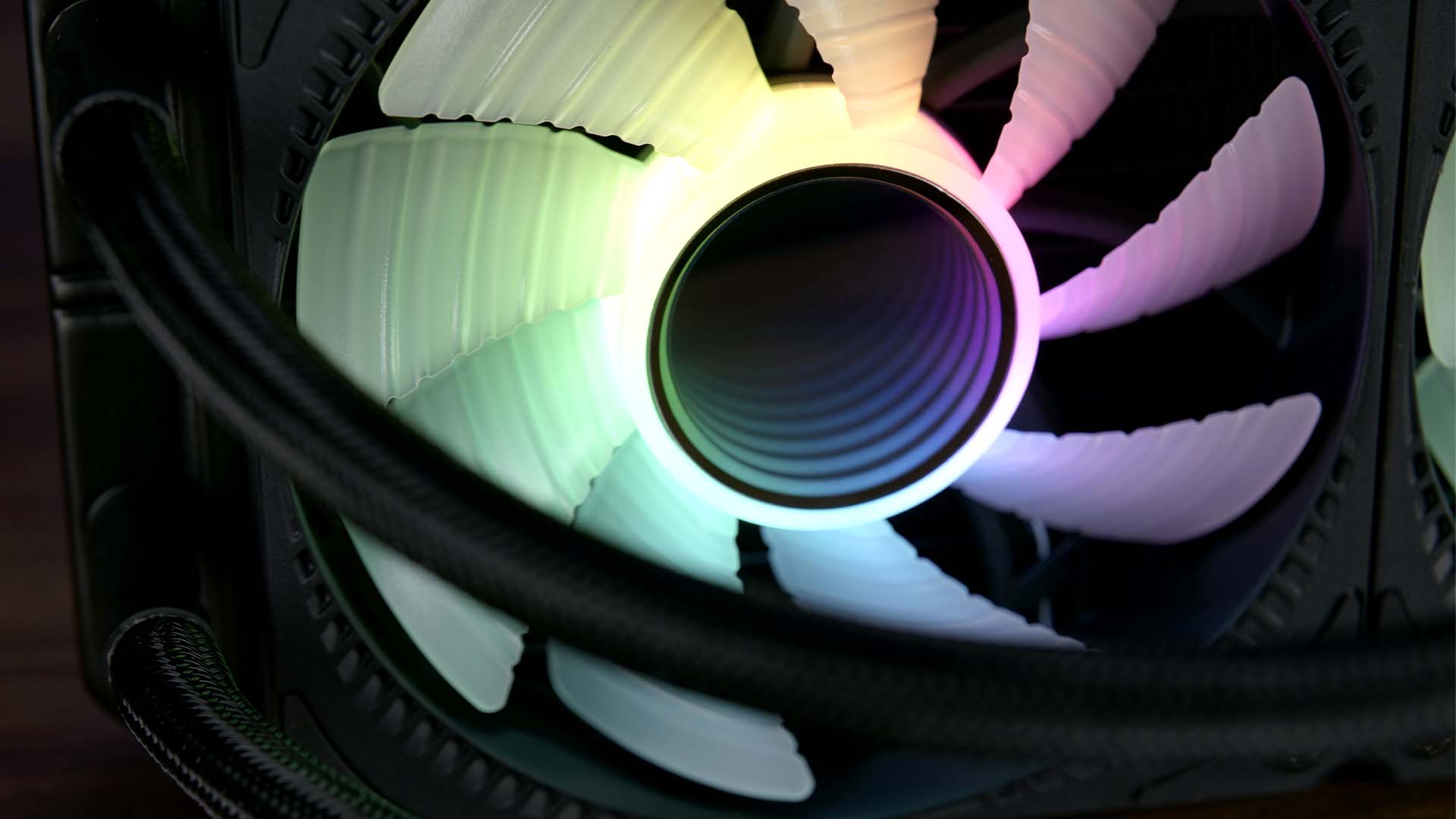
The unnamed Fans used on the Liquid Series are spinning at up to 1800RPM whilst pushing 61.9CFM at 1.67mm/H2O.
Although the static pressure produced by these fans doesn't seem to be extraordinarily high compared to alternatives, we noticed the well-chosen frame design of the fans making it impossible for air to escape from the sides.
Appearance
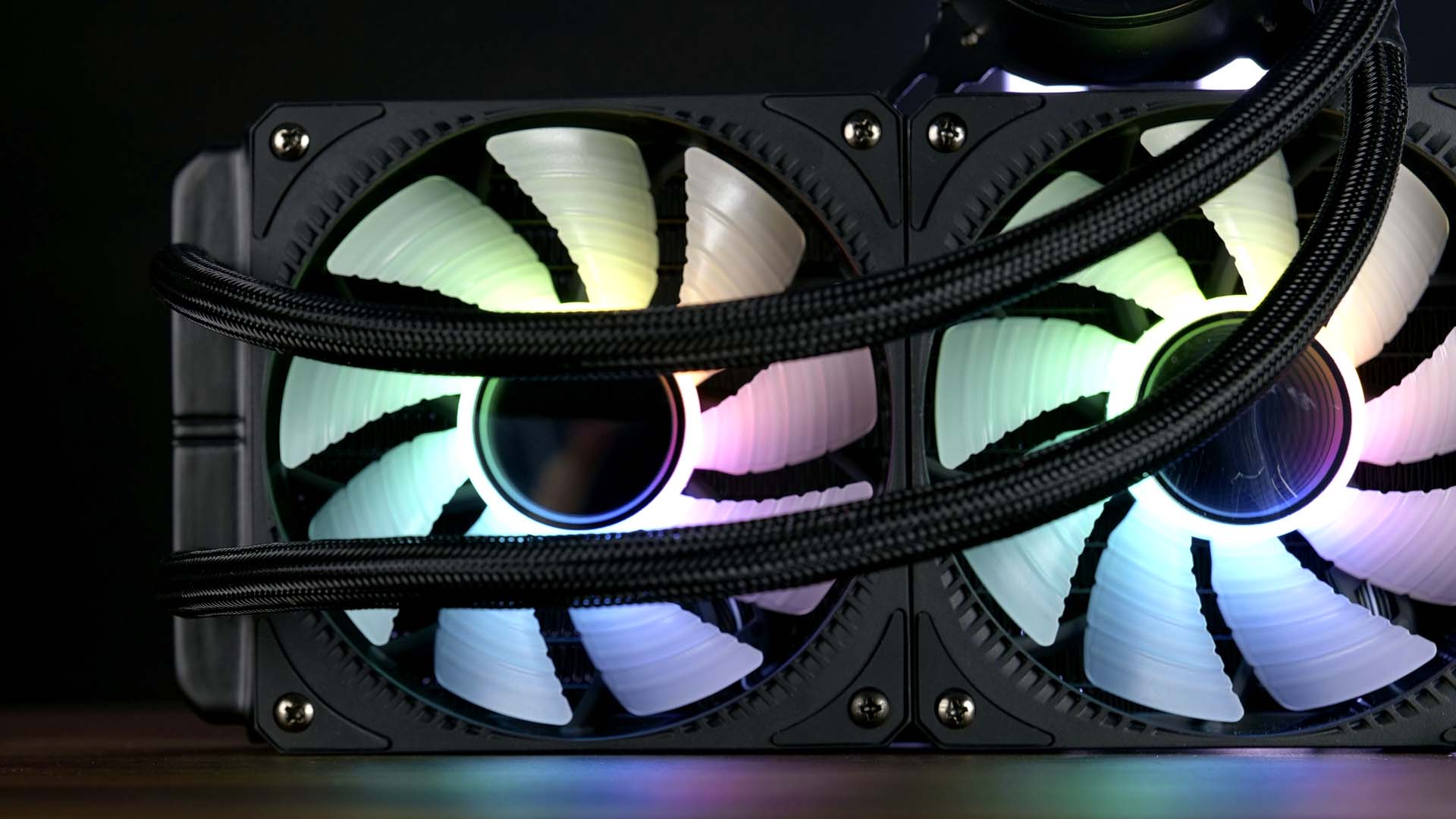
From the Waterblock to the Fan, everything has to be RGB nowadays.
And so it is on the Gelid Liquid 240. Both the Water block and Fan are filled with RGB and RGB Infinity Rings wherever they found a spot to implement them.

However, the most important design aspect still has to be the Temperature sensor in the center of the Water block.
Although not very bright, and sometimes hard to read, it is definitely a feature that changes the appearance of a product and makes something that was previously lost space, into something valuable
Benchmark
We benchmarked the Gelid Liquid 240 on top of our usual CPU Cooler Benchmark machine using a 3900X and a workload of 135w.

Allowing the Gelid Liquid 240's fan to spin at its max 1800RPM cooled the CPU down to 50.2°C above ambient. This positions the 240mm aio right next to the NZXT Kraken X53 and Arctic's Freezer 34 eSports Duo, a result that Gelid can be proud of.

Slowly reducing the fan's speed and recording the noise at each step allowed us to create this noise-to-performance graph. On here, we can see that Gelid's 240mm AIO landed relatively in the center of everything. Starting with ALSEYE's X240 and ending with the Arctic Liquid Freezer 240, Gelid's Liquid 240 managed to land somewhat in the middle of them all.
Conclusion
Unlike the Liquid 120, the Gelid Liquid 240 did not suffer the 120mm form factor fate that every 120mm AIO suffers from.

Performance-wise, it performed relatively average making it to -somewhat- the center of both, the max-performance and noise-to-performance graph.
Although this is a positive aspect worthy to be noted, we still believe that the Liquid series does not score major points when it comes to build quality. From the sleeves on the tubes to the plastic-y feeling of the waterblock-pump combo, everything feels wobbly.
But the biggest downside must be the short tube length for a 240mm factor.

At this point, with an average 240mm AIO performance and a relatively low build quality, the only selling point would be the Temperature sensor in the middle of the waterblock.
Similarly to the Liquid 120, this one is displaying the temperature found on the backside of the cold plate. If this is a number that you can work with, great.
Overall, we can safely say that the Liquid 240 is an average 240mm AIO with one special feature and a ton of ARGB. If this is something that you are looking for, you will not do anything wrong going for it. But if you are looking for high-end performance which the 240mm form factor is theoretically capable of, then you may need to look elsewhere.

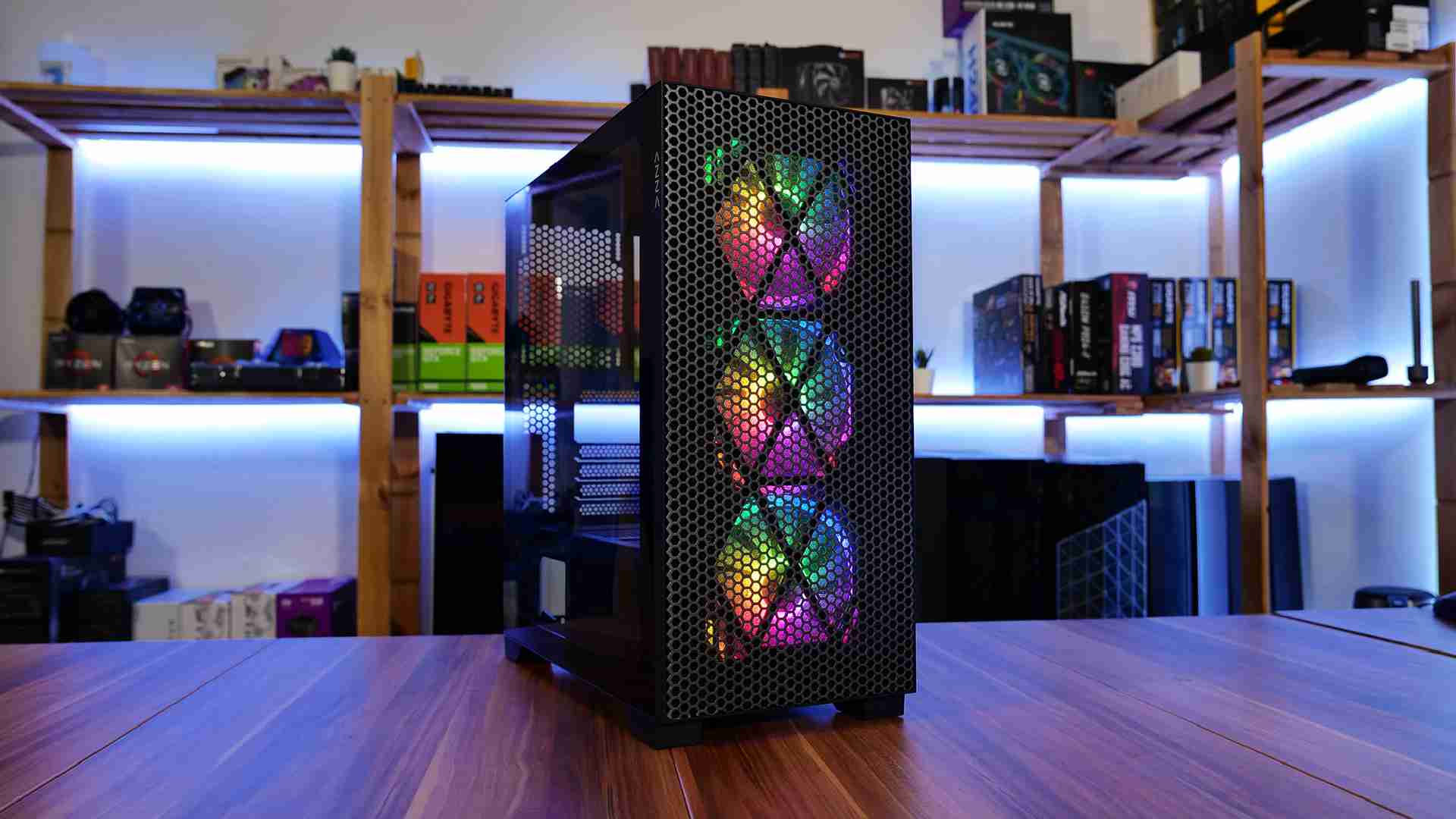
Azza Hive 450 Review
Azza-s Hive 450 Case is focused on Airflow while having a sleek design! Lets see if it can hold up to our expectations
Read More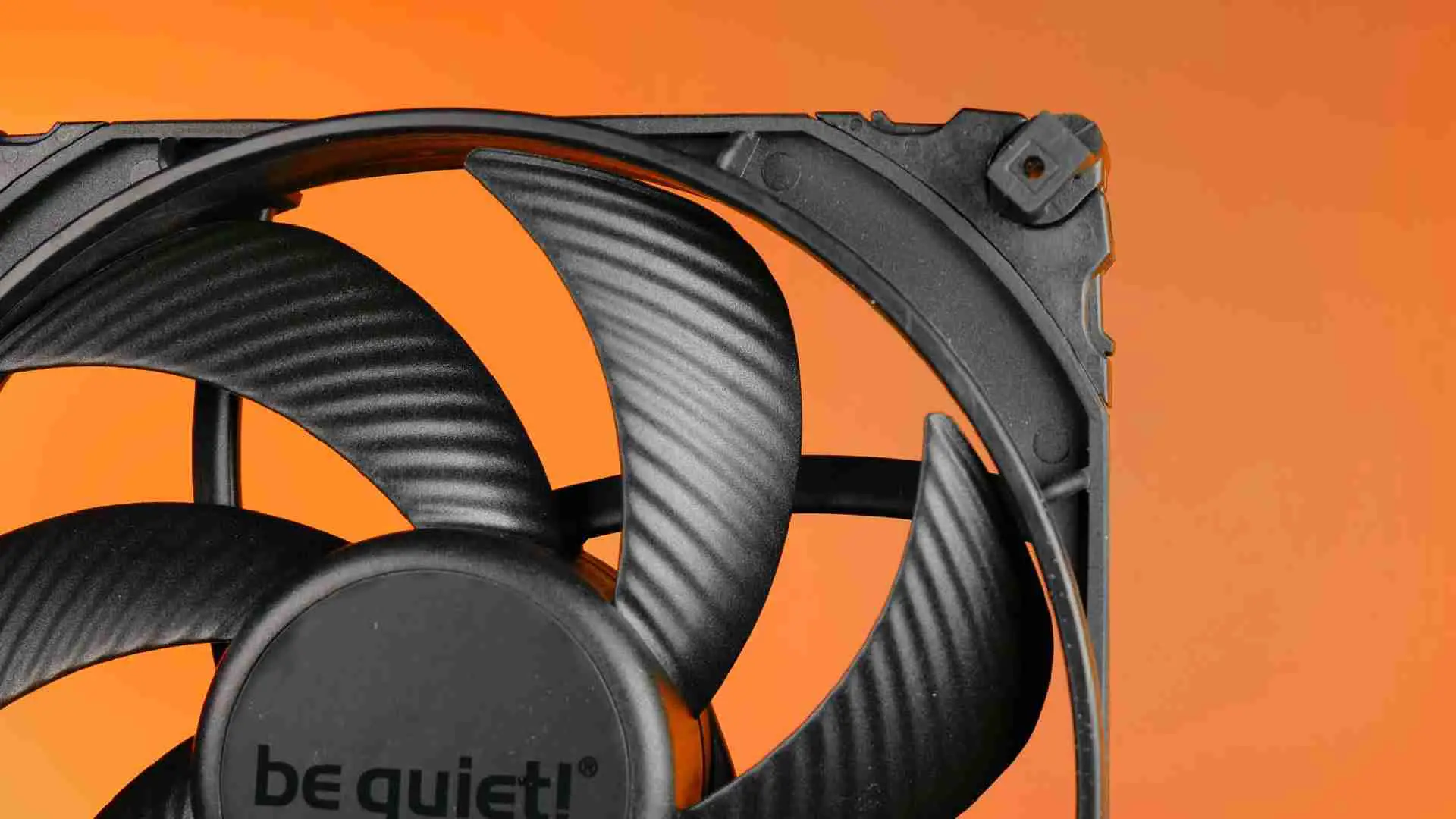
be quiet! Silent Wings 140 PWM Review
While the Silent Wings 140mm High-Speed was a best of a Case fan, we are going to take a closer look at its slower spinning P
Read More
SilverStone ALTA G1M Review
By combining natural convection and a bit of force in form of a 180mm case fan, SilverStone created an excellently performing
Read More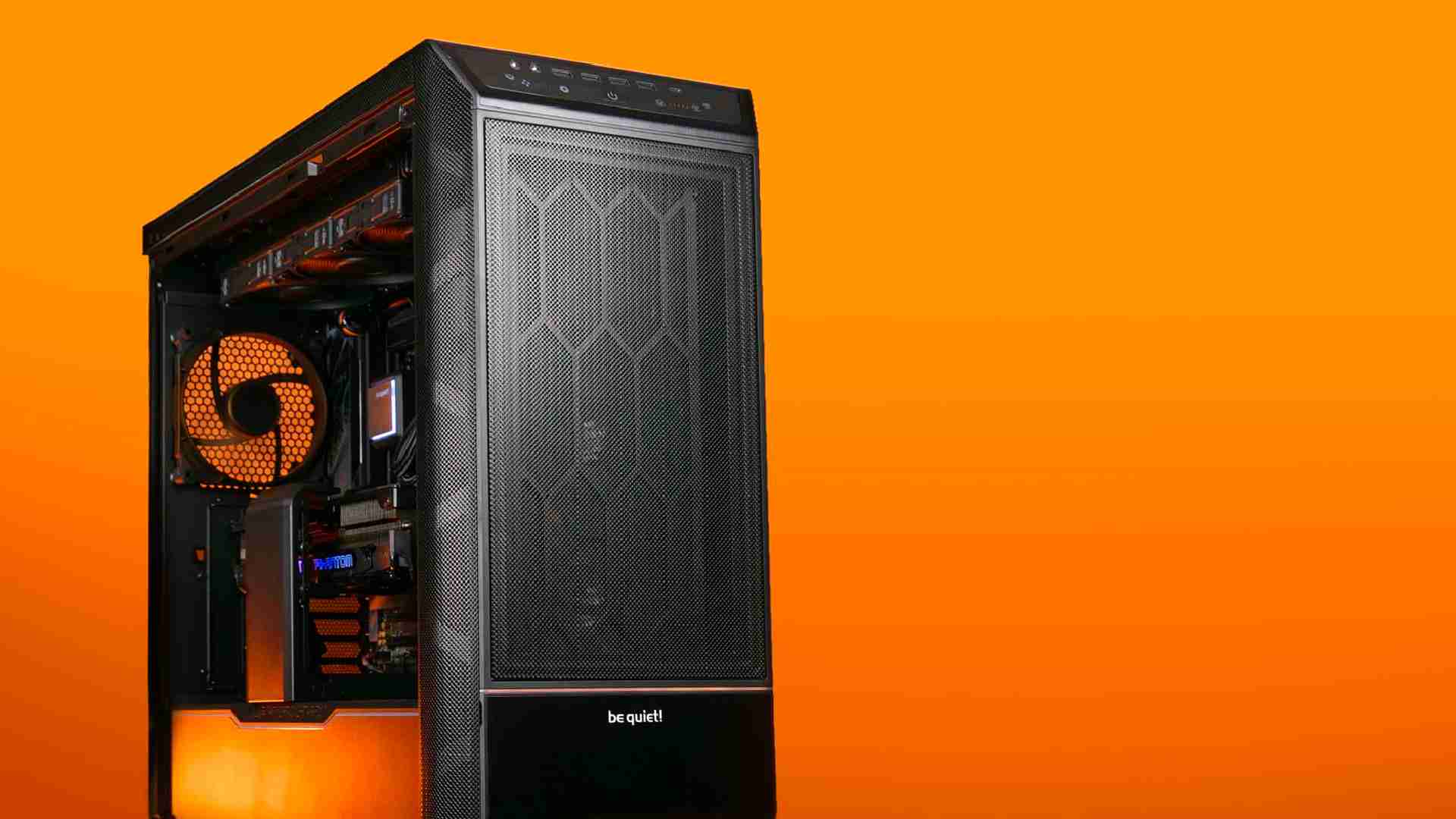
be quiet! Dark Base Pro 901 Review
be quiet! has made a name for themselves in recent years in the PC Case world thanks to innovative and high performance cases
Read More